A deep dive into MAT assessment and common wheelchair postures.
Read More
Linds Rehabilitation Equipment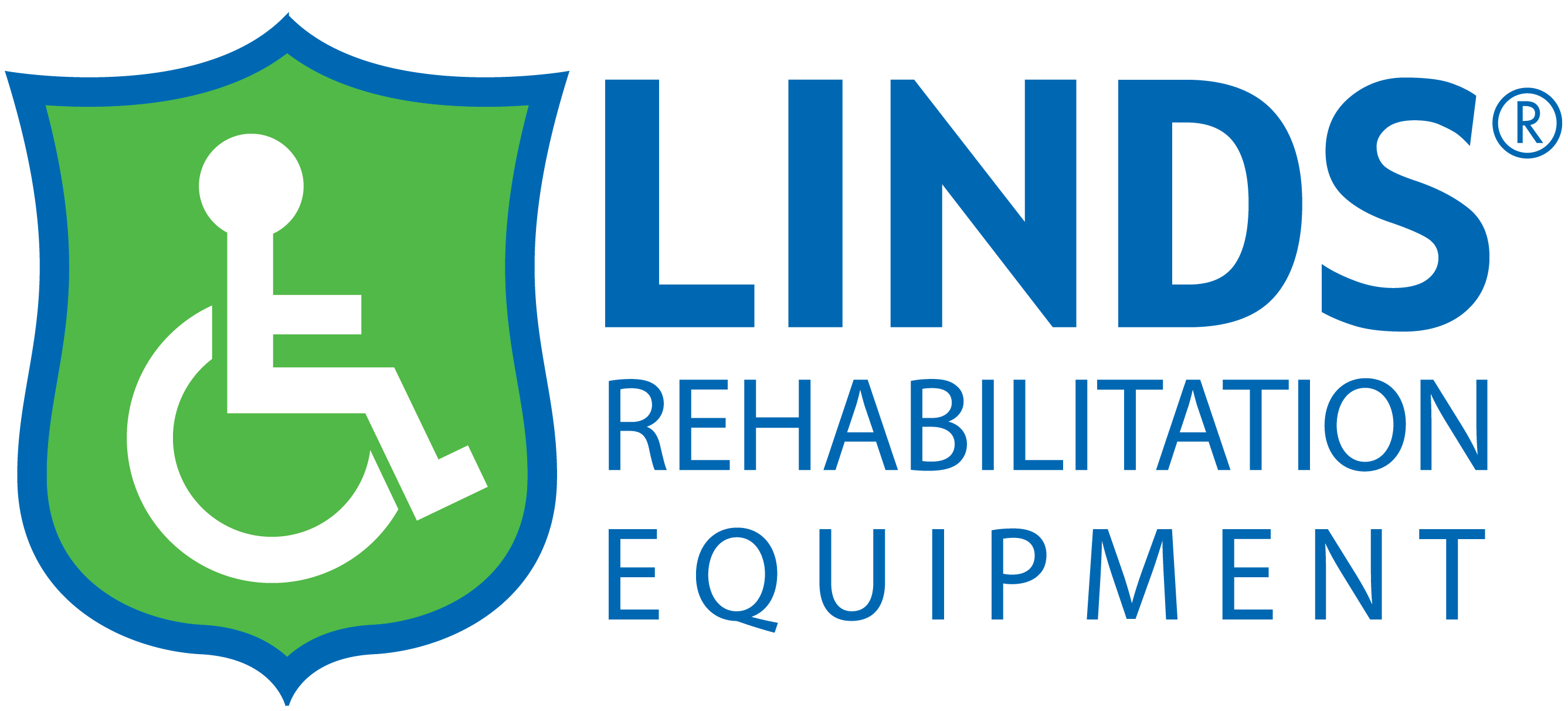



We are here to help
0
item(s)
In My Cart
You have no items in your shopping cart.
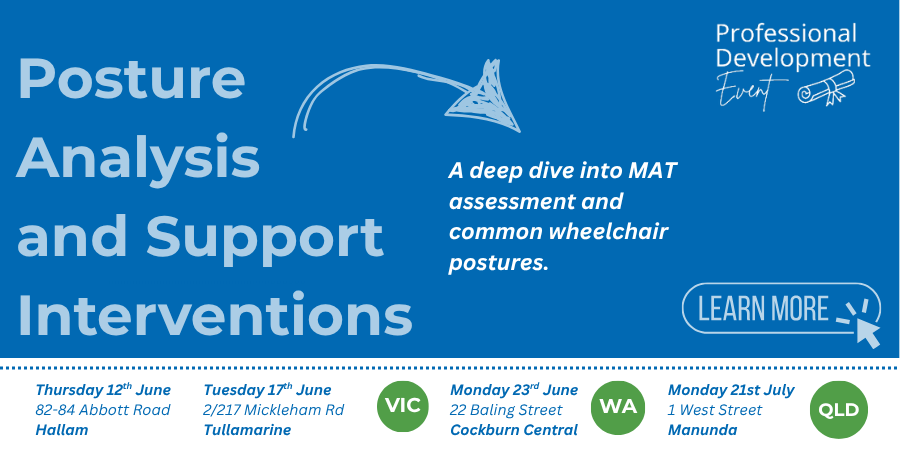
02
Jun
2 Jun 2025 12:37:31 pm
By Marketing Linds
lindsrehab,
thewheelchairpeople,
professionaldevelopment,
ot,
occupationaltherapy,
matassesment,
Events,


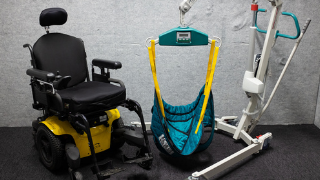
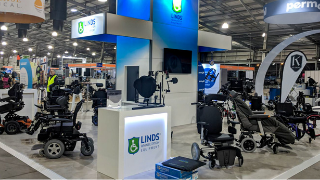
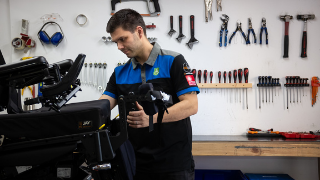

 More than 60 years of experience, family run business
More than 60 years of experience, family run business



 Kobe Creations
Kobe Creations